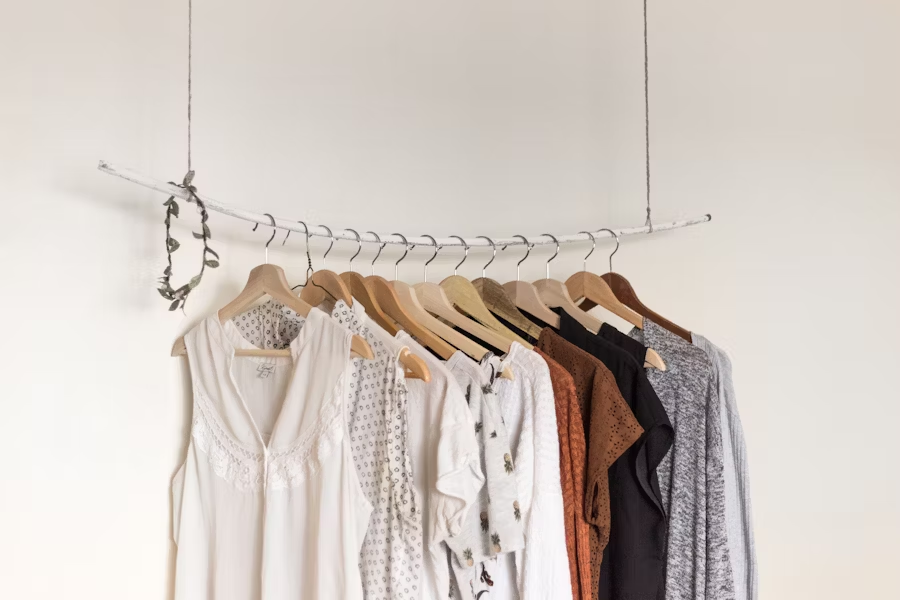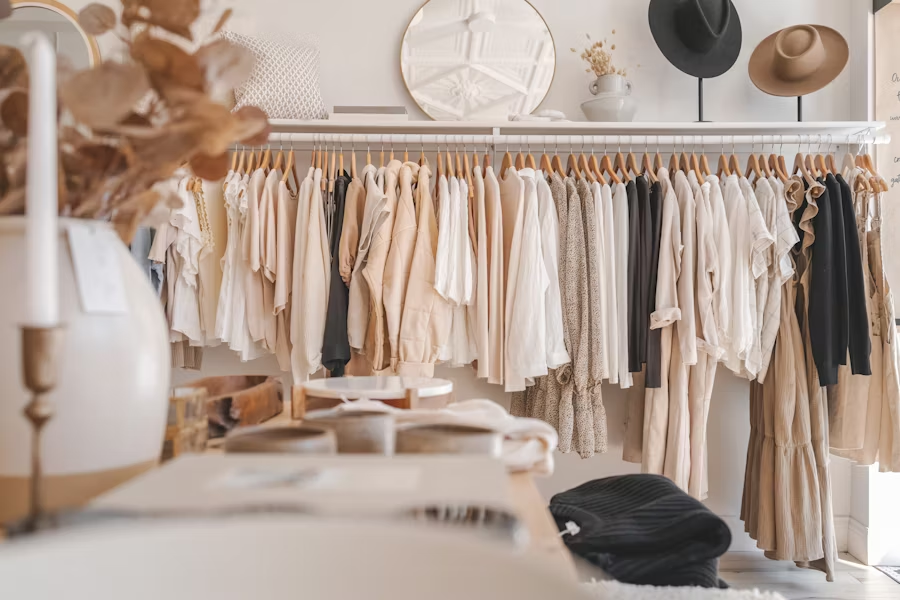How to Choose the Right Dress: A Guide to Looking and Feeling Your Best
Introduction
The right dress has the power to boost confidence, reflect your personality, and make a lasting impression. But with so many options—styles, colors, fabrics, fits—it’s easy to feel overwhelmed. Whether you’re dressing for a wedding, a work event, a casual brunch, or a first date, the goal is the same: look good, feel great, and express who you are.
In this guide, we’ll explore how to select the perfect dress for your body type, occasion, and personal style, with tips that combine fashion wisdom and real-life practicality.
1. Know Your Body Shape
Understanding your body shape is the first step to finding a dress that flatters and fits well. Here are common body types and the dress styles that often work best:
Hourglass: Balanced bust and hips with a defined waist. Opt for wrap dresses, fit-and-flare styles, and bodycon dresses that highlight your curves.
Pear: Narrower upper body with wider hips. Try A-line dresses, off-the-shoulder tops, or dresses with embellishments around the neckline to balance proportions.
Apple: Fuller midsection with slimmer legs. Look for empire waist or shift dresses that skim over the midriff and highlight the legs.
Rectangle: Straight silhouette with minimal waist definition. Create curves with belted styles, peplum dresses, or ruched fabrics.
Inverted Triangle: Broader shoulders with slimmer hips. Choose dresses with fuller skirts or details at the bottom to even out the frame.
The key is balance—highlight what you love about your body and choose silhouettes that make you feel confident.
2. Consider the Occasion
Dressing appropriately for the event is essential. Here’s a quick guide to help you match your dress to the occasion:
Formal events (weddings, galas, etc.): Long evening gowns or elegant cocktail dresses in luxurious fabrics like silk or satin are ideal.
Semi-formal or cocktail events: A knee-length dress or midi dress in a classic cut works well. Pair with heels and statement accessories.
Business or work settings: Opt for sheath dresses or wrap dresses in neutral or solid colors. Avoid anything too tight or revealing.
Casual outings (brunch, shopping, coffee dates): Go for comfortable, flowy dresses in cotton or linen. Maxi dresses, shirt dresses, or sundresses are great picks.
Parties or night outs: Pick bolder styles—sequins, off-shoulder cuts, or form-fitting dresses that allow for movement and dancing.
Dress codes may vary, so when in doubt, it’s better to be slightly overdressed than underdressed.
3. Color and Skin Tone
The right color can enhance your complexion, brighten your features, and complement your mood. Here’s how to match colors with your skin tone:
Fair skin: Pastels, jewel tones (like emerald or sapphire), and navy blue look stunning. Avoid pale yellows or beiges which might wash you out.
Medium/olive skin: Earth tones like terracotta, olive, mustard, and warm reds are flattering. Stay away from overly neon shades.
Dark skin: Bold, vibrant colors like royal blue, bright yellow, fuchsia, and white look fantastic. Deep shades like burgundy or plum also work well.
Don’t be afraid to experiment—sometimes it’s less about rules and more about how a color makes you feel.
4. Pay Attention to Fabric
Fabric can affect both the comfort and fit of a dress. Choose materials that suit the weather, occasion, and your personal preference:
Cotton and linen: Perfect for hot climates and casual events. They’re breathable but wrinkle easily.
Silk and satin: Elegant and fluid, ideal for formal settings but can cling—make sure the cut complements your figure.
Polyester and rayon: Affordable, wrinkle-resistant, and easy to care for. Great for everyday wear.
Lace, chiffon, tulle: Feminine and romantic, often used in special occasion dresses.
Always try to move around in the dress before buying—sit, walk, even do a little spin. Comfort is just as important as appearance.

5. Dress for Your Personality
Your dress should express you. Whether you love minimalism, vintage charm, edgy designs, or classic elegance, let your personality guide your choices.
Love structure and simplicity? Try clean silhouettes, neutral tones, and tailored cuts.
Into bohemian vibes? Opt for flowy dresses with florals, crochet, or embroidery.
Prefer glamour? Think sequins, slits, or body-hugging fabrics with bold prints.
Romantic at heart? Ruffles, lace, and soft pastels might be your go-to.
Fashion should be fun and authentic—don’t feel pressured to follow every trend. The most stylish people are those who wear what feels right to them.
6. Accessorize Wisely
The right accessories can elevate even the simplest dress. Think of accessories as your secret styling weapon:
Belts: Define your waist or add detail to a plain dress.
Jewelry: Statement earrings or layered necklaces can create focal points.
Bags: A clutch for formal events, a crossbody for casual days.
Shoes: Match the formality of the dress—heels for elegance, sneakers for cool comfort, flats for everyday wear.
Don’t forget that confidence is the best accessory of all.
7. Tailoring Is Everything
Even the most beautiful dress can fall flat if it doesn’t fit properly. A quick trip to the tailor can transform an average dress into a custom-fit masterpiece. Hemming, taking in the waist, or adjusting the straps can make a big difference.
Conclusion
Choosing the right dress isn’t about following strict rules—it’s about feeling amazing in what you wear. Consider your body shape, the occasion, color, and fabric, but most importantly, trust your instincts. When you find a dress that feels like “you,” it shows in your posture, your smile, and the way you carry yourself.
Style isn’t about being perfect. It’s about being confident, comfortable, and uniquely yourself.

